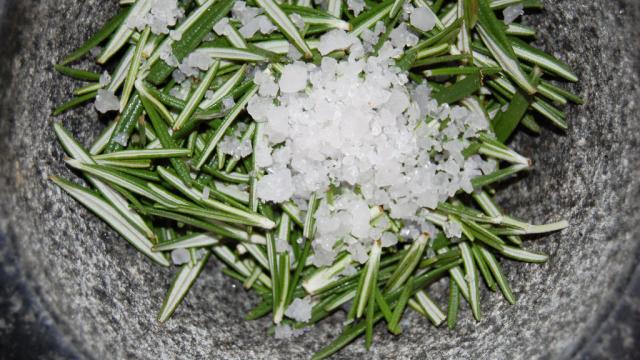At their chemical core, all salt is the same, but many of the fancy, special salts you can find differ in texture, flavour and price. Here’s how to know when you should bust out the fancy Himalayan salt, or stick with table or kosher salt.
Image by Dvemp.
Vox’s article explains that you should use sea salt mainly to sprinkle on a dish to add a bit of crunchy texture, not to boil your pasta water with. Use table salt for that. Table salt has much smaller granules, so table salt is great for baking things and dissolving in solutions to make brines for stewing, marinating or braising.
Much of the differences between the salts lies in how they’re processed, the intensity of the saltiness with each pinch and the trace minerals they contain (or don’t contain). For example, table salt is often fortified with iodine, which helps keep thyroid function healthy, while kosher salt is free of iodine. Most recipes call for kosher salt, but because of its larger crystals, you need more kosher salt to get the same flavour intensity as table salt (about 50 per cent more than table salt per tablespoon).
When to cook with fancy salt — and when cheap salt will do [Vox]

Comments
One response to “When Fancy, Expensive Salts Are Worth Using”
“Most recipes call for kosher salt…”
Not in the recipe books I’ve ever read.
That’s just not kosher